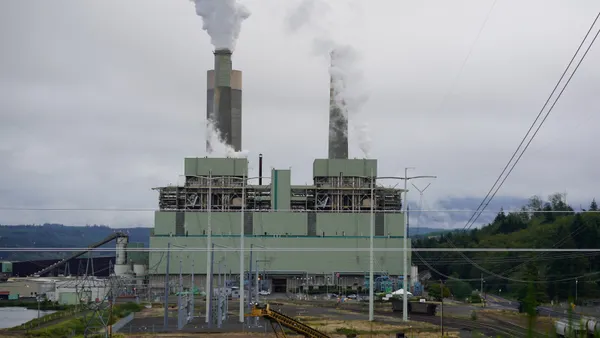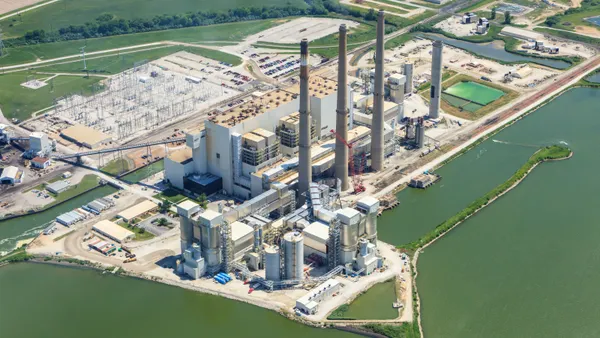Dive Brief:
-
Massachusetts Gov. Charlie Baker (R) has unveiled a draft solar incentive program that aims to support the addition of 1.6 GW of solar power to the state.
-
The program would replace the state’s expiring solar incentive program, which uses solar renewable energy credits (SRECs) and is known as SREC-2, with a tariff program.
-
The tariffs would be set by the Department of Energy Resources (DOER), but the methodology would be approved by the state’s Department of Public Utilities.
Dive Insight:
Massachusetts is the fourth largest solar power market in the U.S., with such rapid growth in recent years that the state has been forced to raise its net metering caps multiple times.
The current SREC-2 program aims to spur deployment 1,600 MW of solar power and has already seen 1,250 MW of solar power enter service with another 350 MW or slightly more under development, according to state officials.
Under a new draft program unveiled by the DOER, the 1,600-MW cap would remain in place, but the new program would replace SRECs with tariffs designed to reduce risk and provide for more predictable revenue streams for solar developers.
The tariffs would apply to all electric distribution companies and would step down in 5% increments, with larger projects getting lower tariffs, and would be structured on up to eight 200-MW blocks.
Under the draft proposal, Massachusetts would keep its net metering program for existing systems and the tariffs would work in concert with net metered rates. Under that scheme, the tariff payout be the "net energy value," defined as the total tariff rate minus a "value of energy" measurement, yet to be developed. Generators in that scheme can be net metered, ISO-NE market participants, or qualifying facilities under PURPA.
The draft program also include a variety of tariff adders, which include added incentives for location, such as on a landfill site, for off-takers, such as a community aggregation program, and for other technologies, such as behind-the-meter storage.
Under the DOER’s implementation schedule, comments on the draft proposal will be accepted until Oct. 21, and model tariffs would be filed in the winter with regulatory approvals occurring in the spring of 2017 and implementation targeted for the summer.













